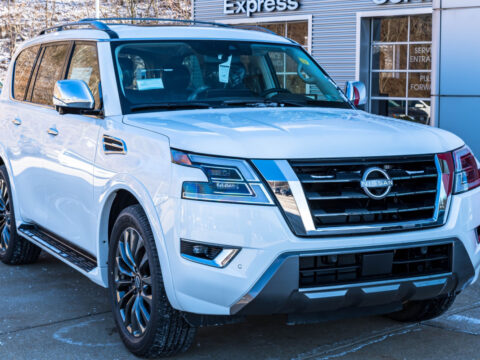NASA is often credited with some of the most groundbreaking technologies, but there are plenty of misconceptions about the agency’s real influence on the devices and innovations we use every day. From everyday gadgets to life-saving advancements, many believe NASA’s role is either overstated or misunderstood. In this article, we’ll break down 15 common myths about NASA’s impact on modern technology and uncover the true story behind these innovations.
Contents
NASA Invented the Internet
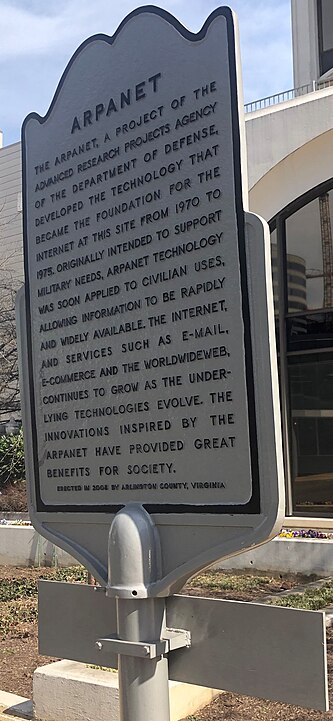
Many believe that NASA created the internet, but it was actually a project by the U.S. Department of Defense called ARPANET that laid the groundwork for the internet as we know it today. NASA did contribute to network technology, but their role was not in inventing the global internet.
NASA Created Tang (Powdered Orange Drink)

Tang became famous because it was used by NASA during space missions, but the drink was developed by General Foods in 1957, before NASA adopted it for spaceflight. NASA’s association with Tang is due to its use as a convenient, lightweight drink in space, not its invention.
NASA Developed Velcro
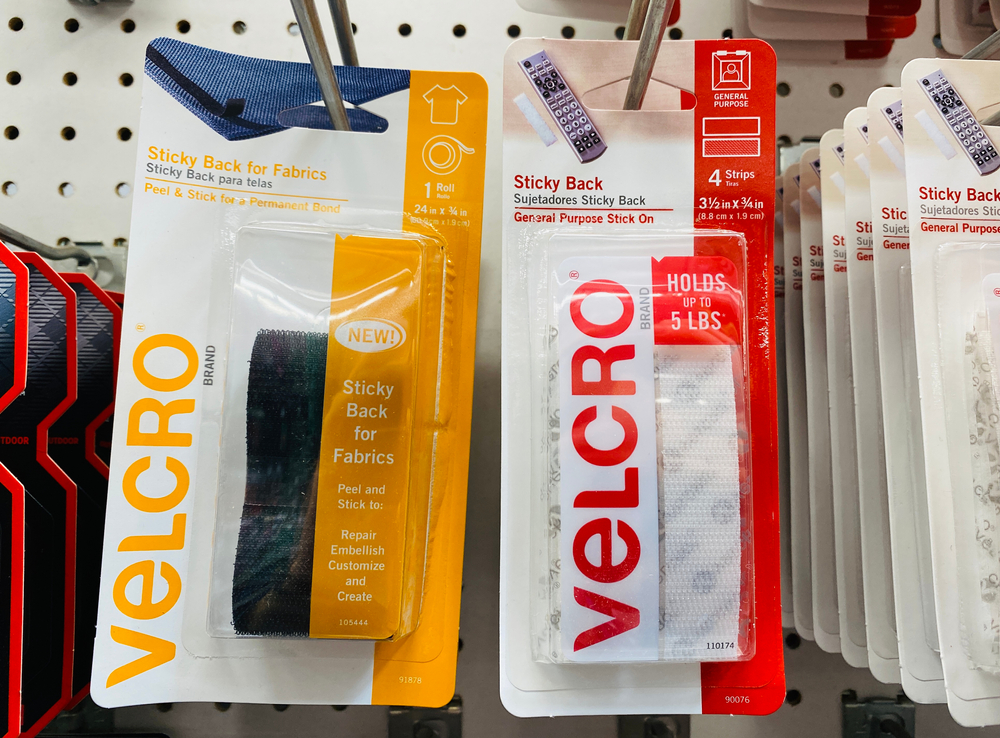
Velcro is often associated with NASA because of its widespread use in space suits and equipment, but it was invented by a Swiss engineer, George de Mestral, in the 1940s. NASA’s use of Velcro popularized it, but the invention predates NASA’s involvement.
NASA Invented Teflon
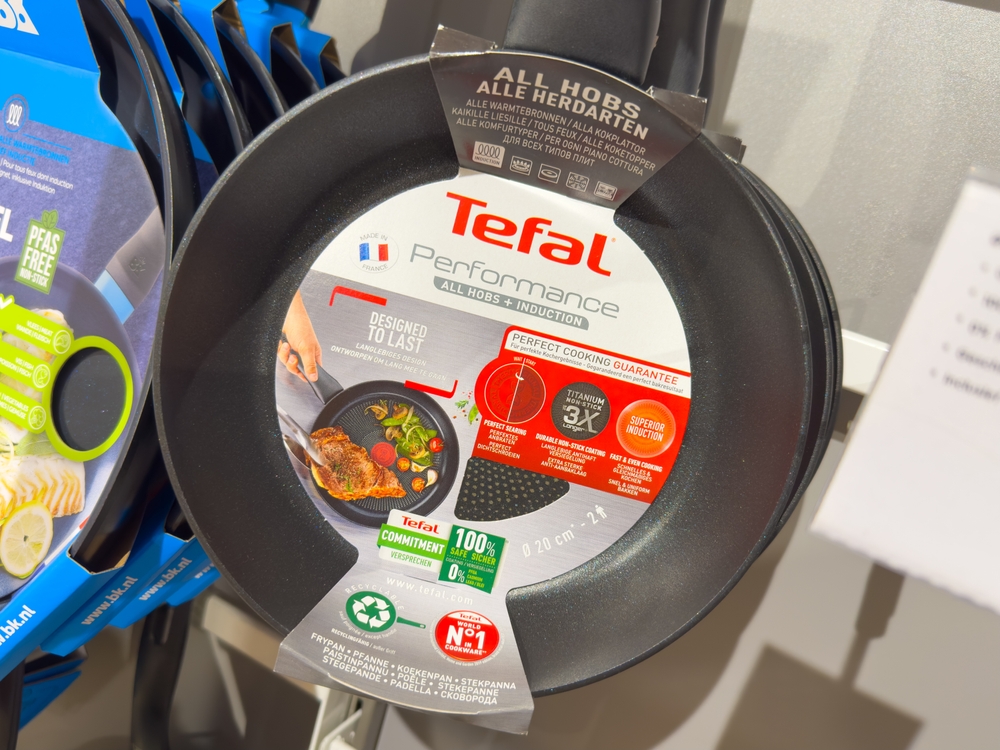
Teflon, widely used in nonstick cookware, was invented by a chemist at DuPont in 1938, not by NASA. While Teflon has been used in space applications due to its heat-resistant properties, NASA did not play a role in its creation.
NASA Came Up With GPS
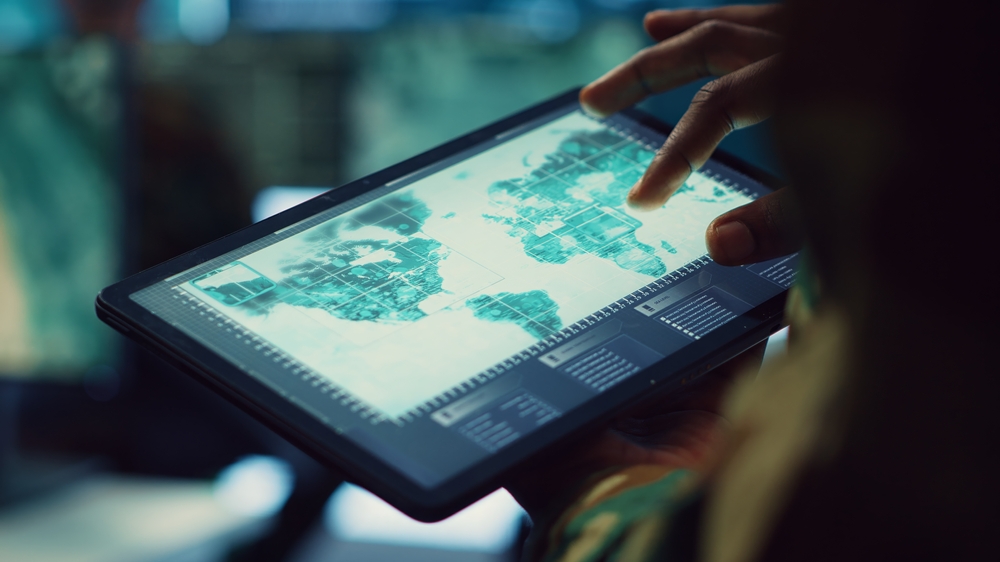
The Global Positioning System (GPS) was developed by the U.S. Department of Defense. NASA did contribute to satellite technology and space navigation, but GPS was a military project. NASA’s space research, however, has helped refine some of the technologies that GPS relies on.
NASA Created the Microwave Oven
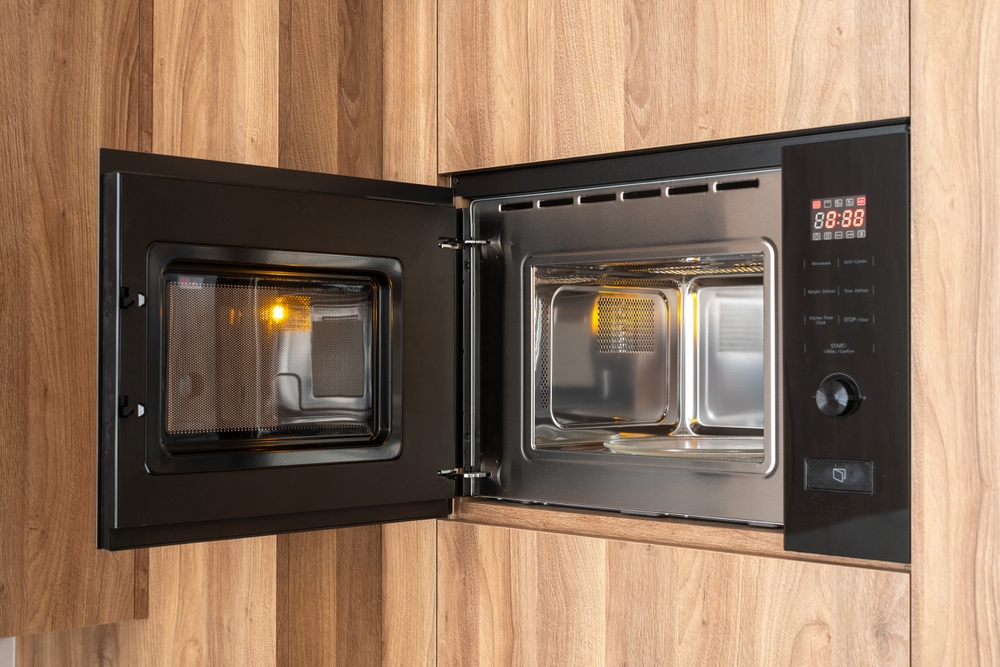
Although NASA used microwave technology for space communication, the microwave oven was actually invented by Percy Spencer, an engineer at Raytheon, in the 1940s. It became a popular household appliance long after its creation, but NASA had no direct involvement.
NASA Designed Memory Foam

NASA did play a role in developing memory foam. Originally created for airplane seats in the 1960s to enhance crash protection, memory foam’s ability to mold to body shape led to its widespread use in mattresses, pillows, and more. NASA’s involvement here is a true contribution to modern consumer products.
NASA Pioneered Solar Panels
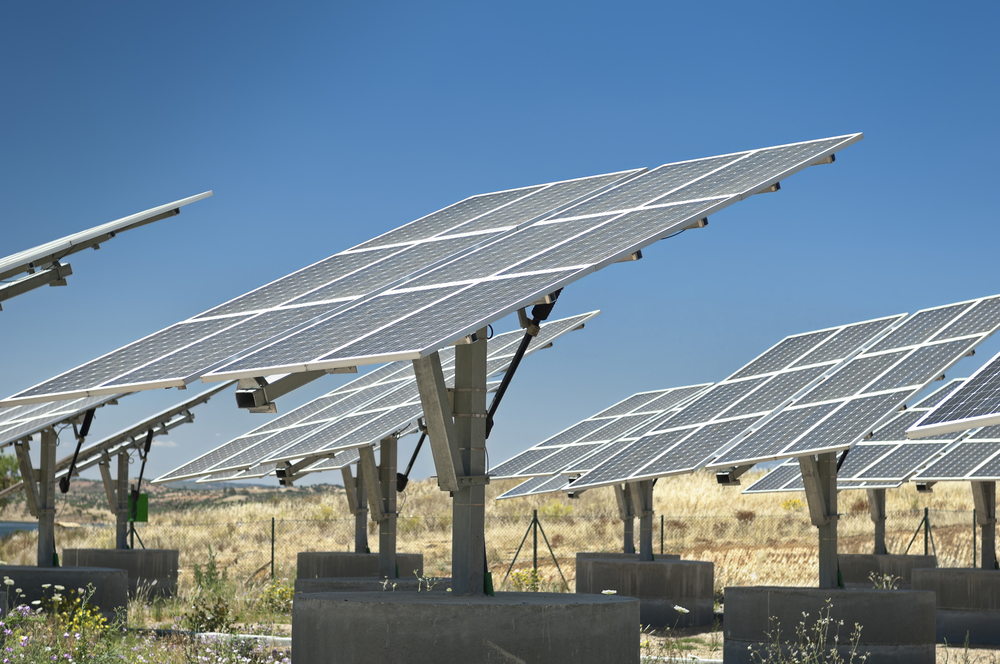
NASA didn’t invent solar panels, but they did help to advance solar technology for use in space missions. Solar panels had been around since the 19th century, but NASA’s efforts to improve their efficiency for spacecraft like satellites and rovers have pushed the technology forward.
NASA Invented the Ballpoint Pen
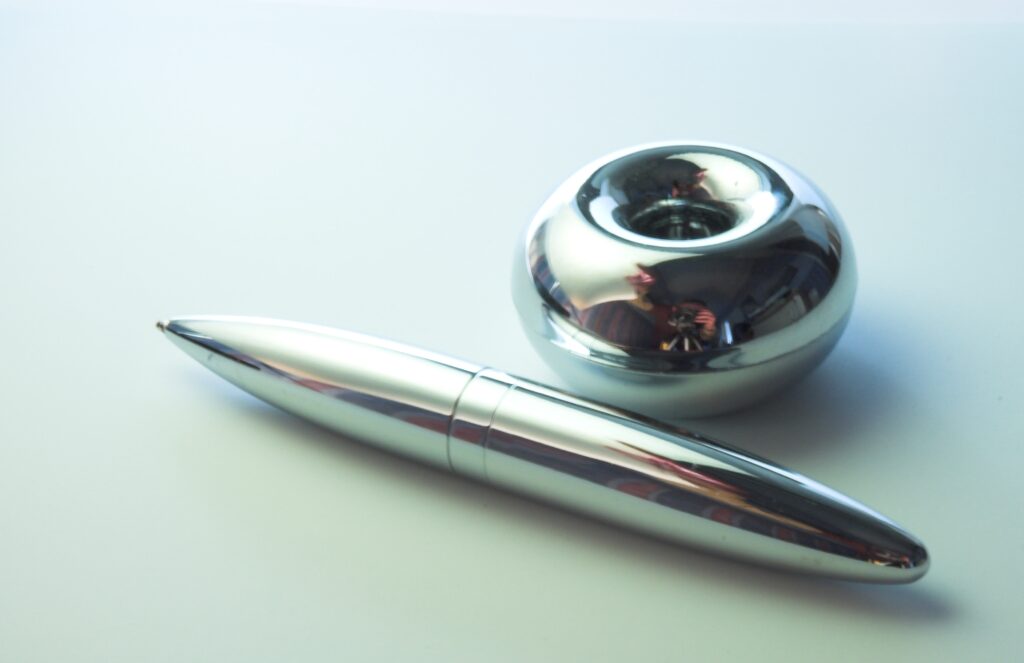
The ballpoint pen was invented by László Bíró in 1938, long before NASA. The myth stems from the invention of the “space pen,” a pen that works in zero gravity, which was developed by the Fisher Pen Company—not NASA.
NASA Is Responsible for Laptop Computers

Laptops were not developed by NASA, but the space agency did have a role in advancing portable computing through its need for compact, powerful computers on space missions. Commercial laptops evolved through broader tech development, but NASA’s space needs accelerated some innovations.
NASA Came Up With the Smoke Detector

While NASA didn’t invent the smoke detector, they worked with Honeywell to develop a special version for use in space stations. This collaboration has contributed to improvements in modern smoke detection technology, but the original invention came from a different sector.
NASA Developed Cordless Power Tools
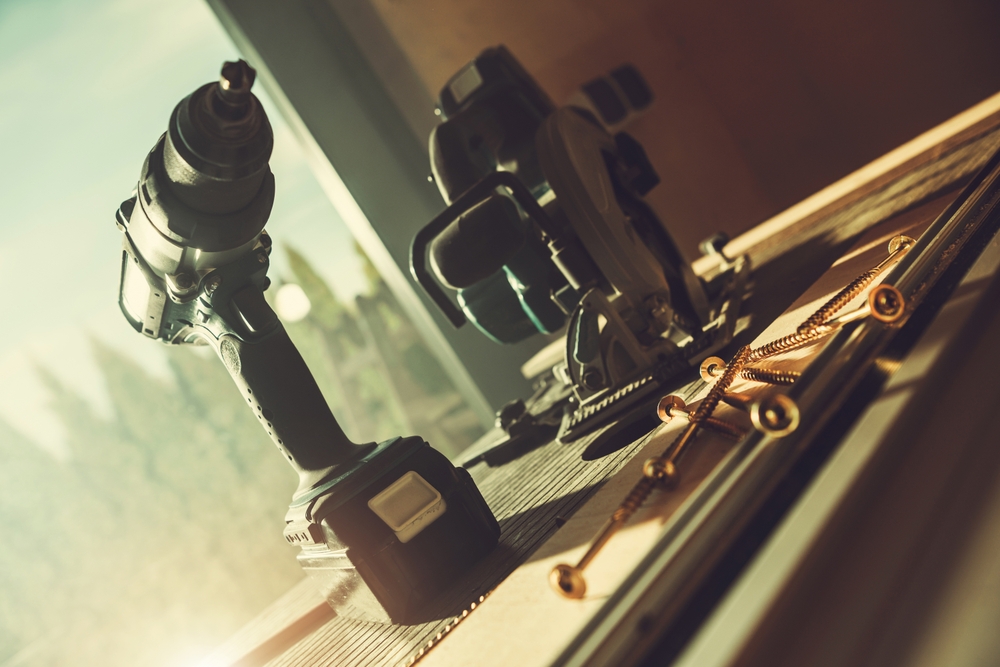
NASA partnered with Black & Decker in the 1960s to create cordless tools for the Apollo missions, specifically for moon rock collection. While NASA didn’t invent the first cordless tools, their collaboration greatly influenced the design of modern battery-operated devices.
NASA Invented Freeze-Dried Food

NASA popularized freeze-dried food for use in space, but the technology existed before NASA’s involvement. It was first developed during World War II to preserve food for soldiers, and NASA adapted the process to meet the unique requirements of space travel.
NASA Is the Sole Innovator of Satellite Technology
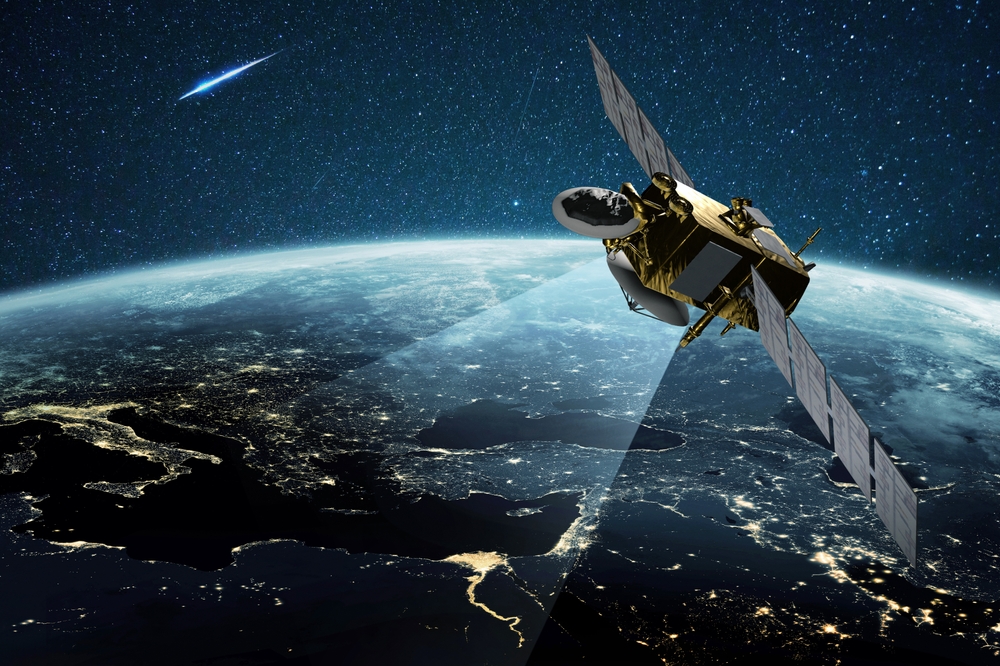
NASA has contributed significantly to satellite technology, but many organizations, including military, governmental, and commercial entities, have been involved in satellite innovations. NASA’s role is significant but not exclusive to the advancement of satellite technology.
NASA Invented the Infrared Thermometer

While NASA has used infrared technology for space exploration, the infrared thermometer was developed by industry scientists to measure temperature from a distance. NASA adapted this technology for monitoring spacecraft and equipment, but did not invent it.
This article originally appeared in MyCarMakesNoise.
More from MyCarMakesNoise
20 Wallet-Friendly Off-Roaders Built for Tough Terrain

You don’t have to break the bank to get a capable off-roader. Many affordable vehicles offer excellent off-road performance and can tackle challenging terrains with ease. Here are some affordable off-roaders that can conquer any terrain, providing adventure without a hefty price tag. Read More
20 Key Factors That Impact Your Car`s Resale Value

When it comes to selling your car, several factors can significantly impact its resale value. Understanding these can help you get the best price when it’s time to sell. Read More
15 Little-Known Details About Classic Harley-Davidsons

Harley-Davidson is a name synonymous with American motorcycles, but even the most dedicated fans might not know all the details about these iconic bikes. From hidden design innovations to lesser-known historical facts, there’s much more to Harley-Davidson than meets the eye. Read More



